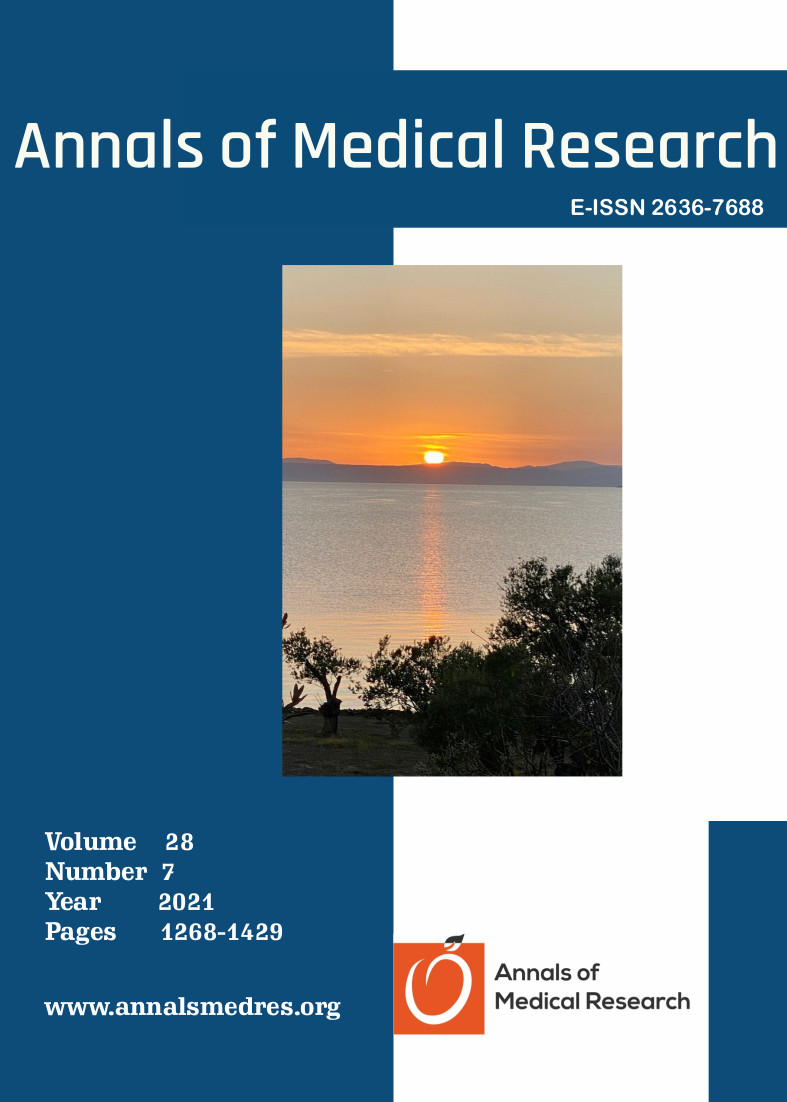Comparison of serum antimullerian hormone levels among four different phenotypes of polycystic ovary syndrome
Keywords:
Antimullerian hormone, phenotype, polycystic ovary syndromeAbstract
Aim: Polycystic ovary syndrome (PCOS) is one of the most common endocrine disorders, with a prevalence of 5-10% among women of reproductive. Antimullerian hormone (AMH) may play important role in the pathophysiology and diagnosis of this syndrome. The goal of the current report was to compare serum AMH levels and clinical and hormonal features among four PCOS phenotypes.
Materials and Methods: Participants included women diagnosed with PCOS (n = 116), as defined by the Rotterdam consensus, and healthy subjects (n = 30). PCOS subjects were segregated into four phenotype groups based on the presence of oligo-ovulation or anovulation (OA), hyperandrogenism (HA), and polycystic ovarian morphology (POM) as follows: Group 1 (HA+OA+POM), Group 2 (HA+OA), Group 3 (HA+POM), Group 4 (OA+POM). The primary outcome measure used in the analysis was AMH serum level.
Results: Serum AMH levels were 10.2 ± 6.4 in Group 1, 4.5 ± 2.8 in Group 2, 7.4 ± 2.7 in Group 3, 7.9 ± 3.7 in Group 4, and 4.5 ± 1.8 in control group. AMH levels were markedly elevated in Group 1 compared to Groups 2, 3, 4, and control group. Free testosterone (fT) levels were similar in Groups 1 and 2 and markedly higher than in Groups 3 and 4. Insulin levels and results from the Homeostatic Model Assessment for Insulin Resistance (HOMA-IR) were significantly higher in all four phenotype groups than in the controls group Insulin and HOMA-IR values were similar among the phenotype groups.
Conclusion: Ovulatory dysfunction and POM may contribute to increased AMH levels. There may be an association between increased AMH levels and the severity of PCOS.
Downloads
Published
Issue
Section
License
Copyright (c) 2021 The author(s)

This work is licensed under a Creative Commons Attribution-NonCommercial-NoDerivatives 4.0 International License.
CC Attribution-NonCommercial-NoDerivatives 4.0






